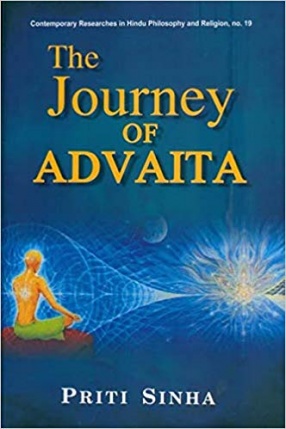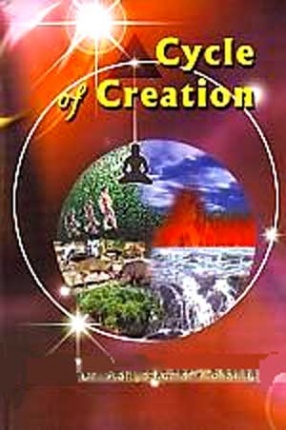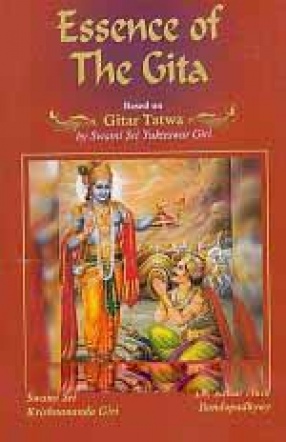The Journey of Advaita: From the Rigveda to Sri Aurobindo
The Journey of Advaita elucidates the richness, depth and profundity of Advaitic thought right from Vedas to Integral Advaitism of Sri Aurobindo and further how it is being incorporated in modern science.
Advaita Philosophy is not a later development of thought as one of the six systems of Indian philosophy. Vedas are replete with suggestions about Unity. The earlier stage of naturalistic and anthropomorphic polytheism yielded to monistic belief. In the dictum, ekam sad vipra bahudha vadanti we perceive an echo of Unity. Upanishadic seers picked up this Unity and tirelessly went in their search till they came to the highest conclusion, tat tvam asi.
This concept of Unity gets its full bloom in Shankara’s Kevaladvaita; later on it gave inspiration to different rivulets of Vedanta schools. Shankara’s unqualified impersonal Brahman could not satisfy those who sought loving communion with God. Consequently different schools of Bhakti-Vedanta came into existence, namely, Vishishtadvaita of Ramanuja, Dvaita of Madhva, Dvaitadvaita of Nimbarka and Shuddhadvaita of Vallabha. For all of them the emphasis is on the liberation of individual soul only, which gave way to Sri Aurobindo’s Integral Advaitism where the emphasis is not only on spiritualization of man but of the whole cosmos.
The journey continues further with modern physics. Consciousness is the building block of the Universe and the ground of all beings, which can’t be found in plural.
Contents: Preface. Introduction. 1. Traces of Advaita in Rigveda. 2. Advaita in Upanishads. 3. Kevaladvaita of Shankara. 4. Schools of Theistic Vedanta. 5. The Integral Advaitism of Sri Aurobindo. 6. A Summing Up of the Journey of Advaita from Shankara to Sri Aurobindo. 7. Advaita and Modern Science. Bibliography. Index.
Get it now and save 10%
BECOME A MEMBER







Bibliographic information